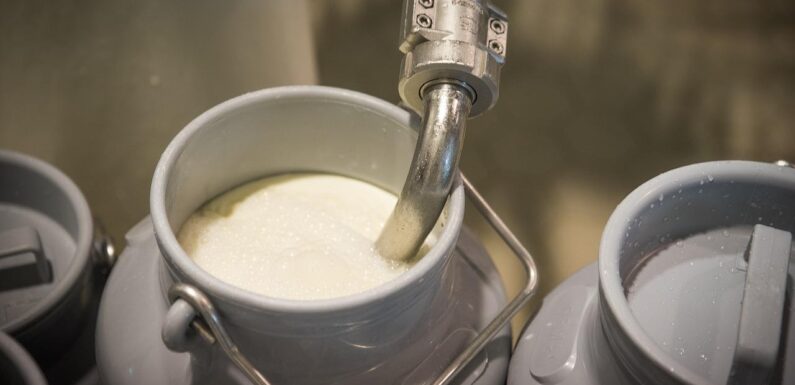
The Australian Competition and Consumer Commission (ACCC) last month announced a broad ranging inquiry into fresh food supply chains, looking at the relationship between farm production and retailers, including for the dairy sector. The new inquiry has quickly prompted calls from politicians and industry representatives to take a much closer look at the nature of farmgate pricing for dairy producers and to examine whether there is a need to reintroduce price regulation for the sector.
This comes on the back of new analysis by the Australian Bureau of Agricultural and Resource Economics (ABARES) that Australia’s farmgate milk price is likely to decline by 9 per cent from 2019-20 highs, driven by weakening demand resulting from COVID-19 control measures on the economies of our major dairy export markets.
World dairy prices 2007/08 to 2020/21
Source: ABARES
With an open, market-driven economy, Australian governments are notoriously reluctant to introduce, or reconsider, price regulation for any commodities and farmgate milk prices were deregulated nearly 20 years ago in line with these broad economic principles. However, and as we have discussed in past opinion, there is considerable domestic pressure on milk prices driven primarily by the competitive behaviour of Australia’s largest two grocery chains.
The purchasing power of these two large food retailers means that they can force what at times may seem to be unfair and unrealistic price expectations on primary producers, manufacturers, transporters, packagers and distributors of retail grocery products.
In the past, this has been manifest in capped milk prices (remember the $1 per litre price promise for milk) for several years which put pressure on all parts of the supply chain and resulted in consumers sometimes paying less retail price for goods than what they could be produced for profitably. These artificially locked in prices do not necessarily reflect the range of factors which impact the costs of producing, manufacturing, packaging and distributing milk and other dairy products.
In a well-functioning market economy, the retail price of goods will reflect the range of factors which impact supply and demand, including the true costs of production, t ensure that the entire supply chain can operate in a viable and profitable way. However, when a small part of the supply chain can wield considerable economic pressure over the remainder, these basic principles of economic productivity don’t necessarily operate as optimally as they should.
Stepping back to a regulated farmgate milk price would be viewed by many as a negative outcome and possibly working against the long term global competitiveness of Australia’s dairy sector. However, a comprehensive examination of the economic power distribution in Australia’s dairy production supply chains is a welcome and necessary step to ensure that Australia’s dairy farmers are getting a fair deal.

